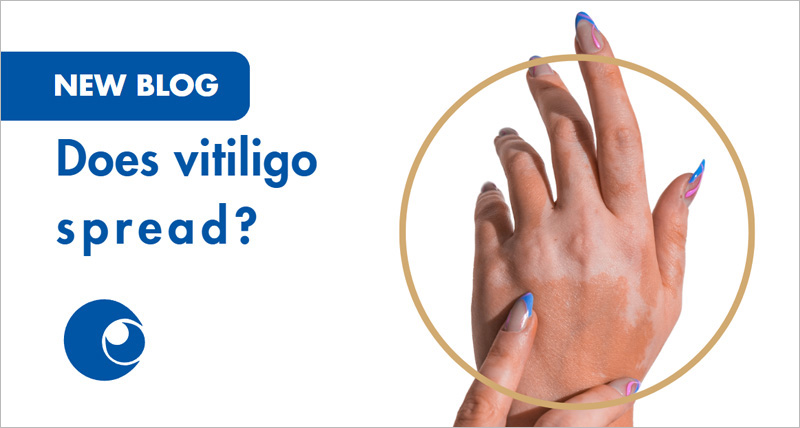Cancer accounts for 28.3 per cent of all deaths and is the greatest cause of premature death. 100 new cases of cancer are diagnosed daily in Victoria, and 30 Victorians die from cancer every day.
Melanoma is Australia’s national cancer, with Australians experiencing 12 times the global incidence. In 2018 – the most recent figures available from Cancer Council Victoria – there were 3097 invasive melanomas, making it the fifth most common invasive cancer in Victoria. However, this tells only half the story.
There were also 4682 in situ (or early) melanomas. Overall, Victorians had 7779 melanomas diagnosed in 2018. This makes melanoma the most common cancer diagnosed in Victoria – more common than breast cancer, prostate cancer, bowel cancer or lung cancer.
Breakthroughs in early detection of melanoma through screening and whole-body photography mean that most melanomas are detected early, treated early and over 95% of patients diagnosed with melanoma survive.
Improved survival means there are more than 75,000 melanoma survivors in Victoria.
This month’s Journal of the American Academy of Dermatology carries a dire warning for melanoma survivors.
Within five years, 8 per cent will have developed a second melanoma and with each passing year the risk of getting a subsequent melanoma increases.
The most worrying feature about the findings is that specialist examination detected only 20 per cent of these new melanomas. The other 80 per cent were discovered only through total body photography and sequential dermatoscopic documentation.
Professor Rod Sinclair, Fellow of the Australasian College of Dermatology, Professor of Dermatology at the University of Melbourne and Director of Sinclair Dermatology, said: “Melanoma survivors have a real risk of developing a second primary melanomas; 8 per cent will have one within five years and probably double that will develop a second primary melanoma within 10 years. The second melanoma is often more dangerous than the first. Melanoma survivors would benefit greatly from new, automated skin imaging technology.
“For the past 2 years, we have been using the Canfield VECTRA WB360 whole-body imaging system. The VECTRA imaging system records the entire skin surface and allows dermatologists to accurately monitor for new moles, changing moles and irregular moles that may, in fact, be a melanoma.
“The VECTRA allows us to find melanomas that were previously undetectable – and this is important as early detection offers patients the greatest chance of successful treatment.”
The good news is that 15 VECTRA WB360 skin imaging systems will start to appear across Australia in major teaching hospitals over the next five years following a $10 million grant for melanoma research in 2018. Until then, many melanoma survivors will miss out on essential screening.
Source: CANCER COUNCIL VICTORIA
On December 9 2019, Cancer Council Victoria published Cancer in Victoria: statistics and trends 2018.
Professor Rod Sinclair is Professor of Dermatology at the University of Melbourne and Director of Sinclair Dermatology and Head of Dermatology Investigational Research, Education and Clinical Trials Centre (DIRECT).
The only VECTRA WB360 currently available in Melbourne is located at Professor Sinclair’s private practice, where patients are charged a fee for its use. Professor Sinclair has no financial interest in the company that developed the technology. sinclairdermatology.com.au







